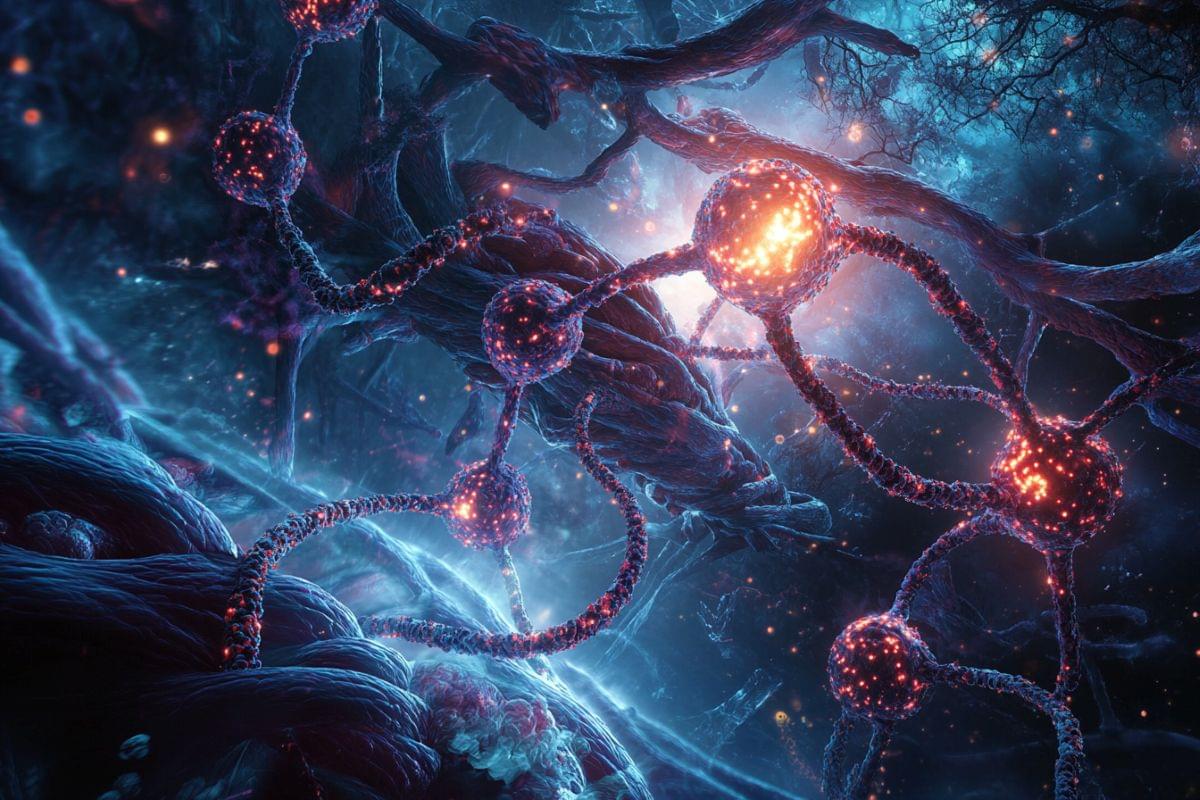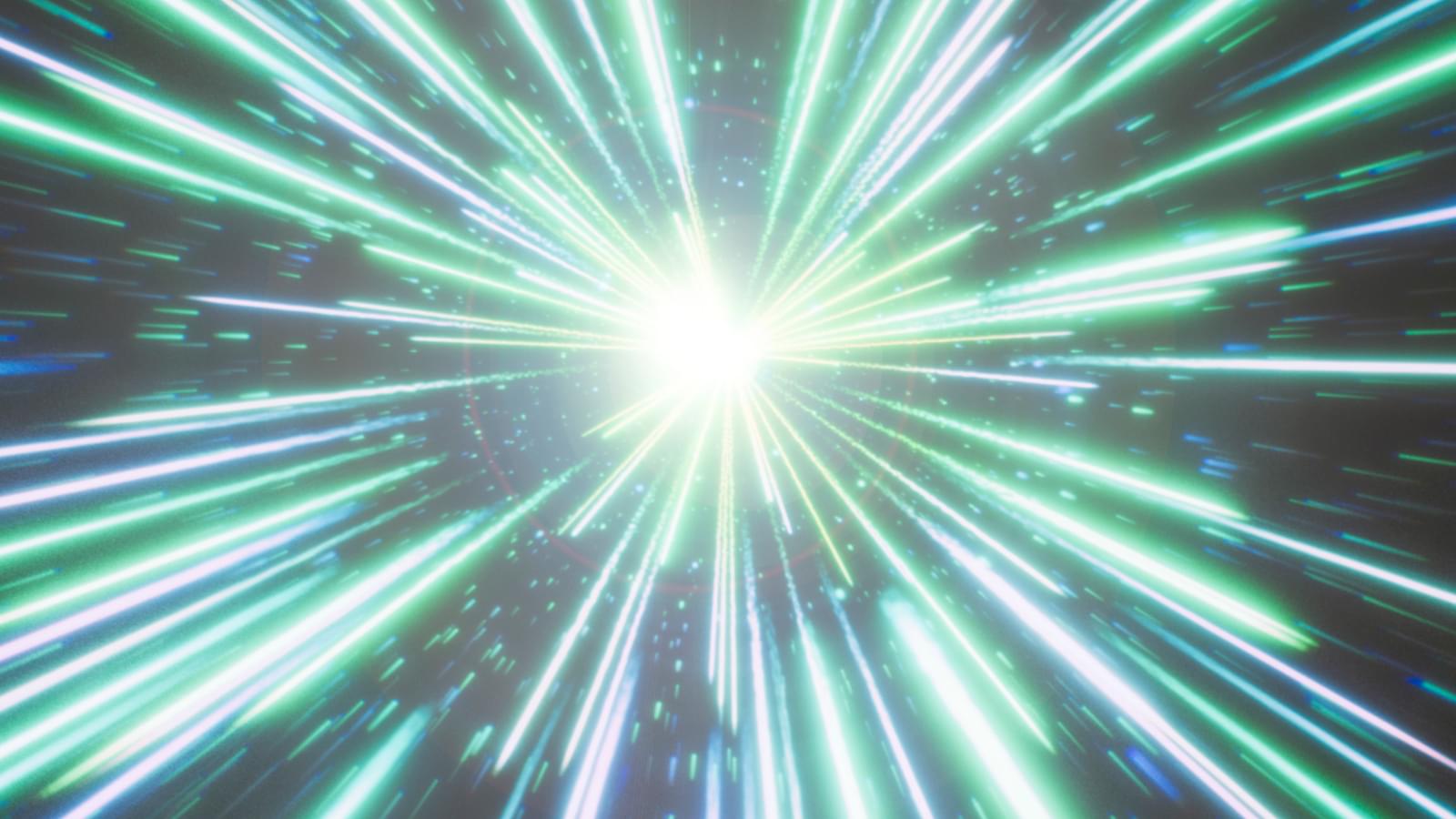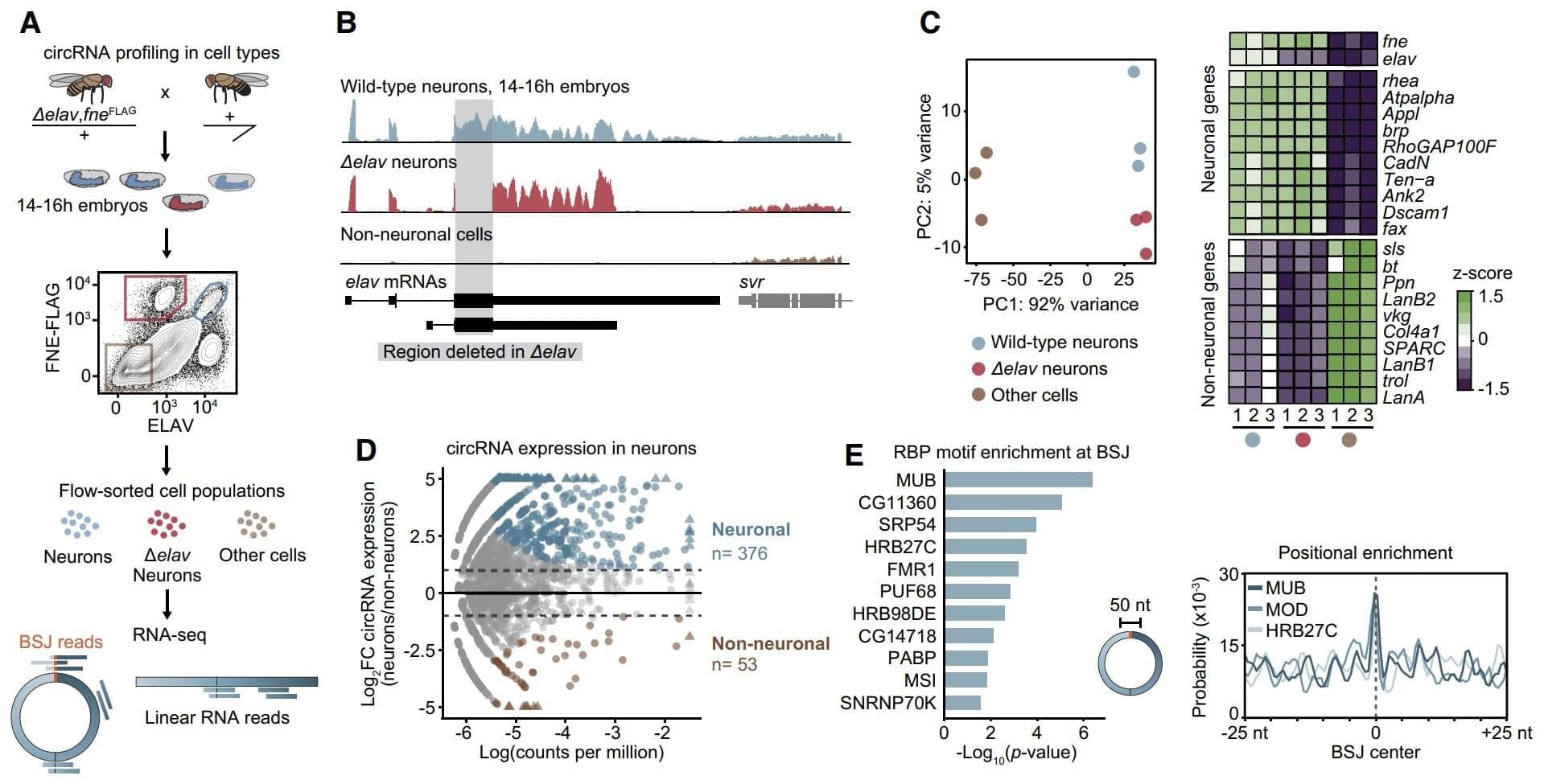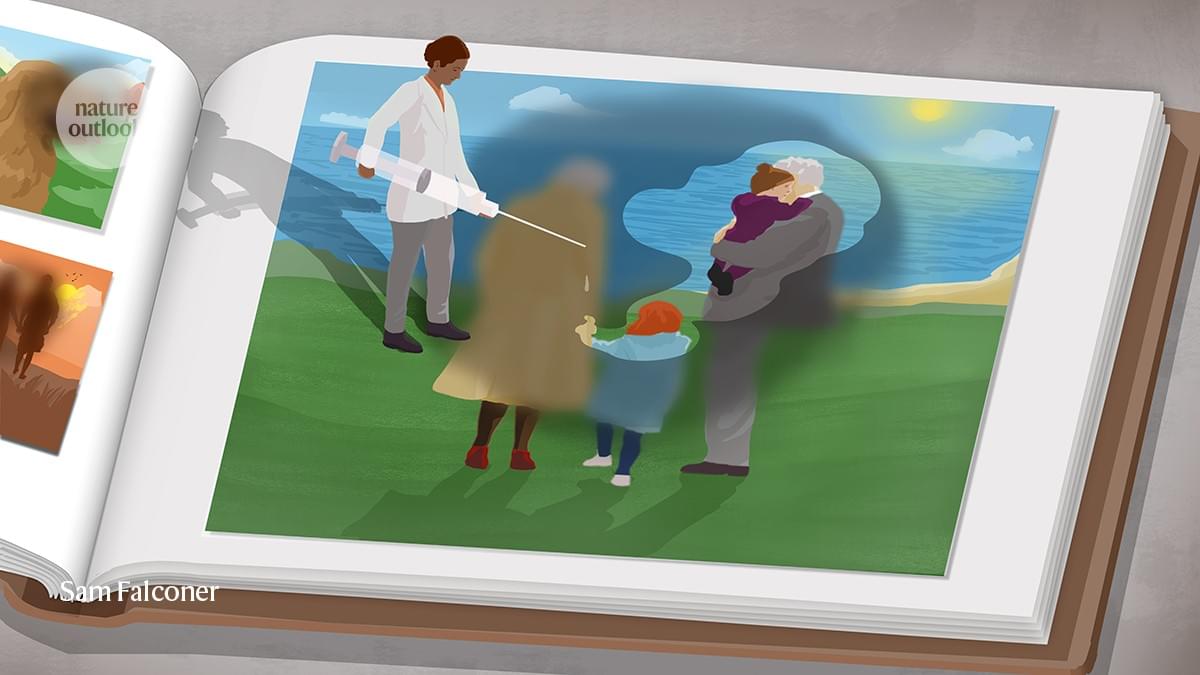Circular RNAs (circRNAs) are stable, ring-shaped molecules that play crucial roles in brain development, cognition, and long-term cellular regulation.



Scientists know the stomach talks to the brain, but two new studies from Rutgers Health researchers suggest the conversation is really a tug-of-war, with one side urging another bite, the other signaling “enough.”
Together, the papers in Nature Metabolism and Nature Communications trace the first complementary wiring diagram of hunger and satiety in ways that could refine today’s blockbuster weight-loss drugs and blunt their side effects.
One study, led by Zhiping Pang of Robert Wood Johnson Medical School’s Center for NeuroMetabolism, pinpointed a slender bundle of neurons that runs from the hypothalamus to the brainstem.

The bottom line is that no matter what the zero-point energy is, it’s the background of the universe on top of which all of physics takes place. Just as you can’t go lower than the ground floor of a building with no basement, you can’t get lower than the ground state of the universe — so there’s nothing for you to extract, and there’s no way to leverage that into useful applications of energy.
So, unfortunately, any work you do in the universe will have to be done the old-fashioned way.

Our brain is adept at synchronizing with rhythmic sounds, whether it’s the beat of a song or the steady patter of rain. This ability helps us recognize and process sounds more effectively.
A research team led by the Max Planck Institute for Empirical Aesthetics (MPIEA) in Frankfurt am Main has shown that stimulation with weak electrical currents, known as transcranial alternating current stimulation (tACS), can influence this ability. The new study is published in the journal PLOS Biology.
The study builds on previous work showing that tACS can either enhance or suppress brain rhythms depending on how it’s timed with incoming sound. In order to investigate the interaction between electrical stimulation and brain rhythms, 50 participants took part in three experiments where they listened to noisy sounds and were asked to identify short, barely perceptible pauses. The researchers then transmitted electrical rhythms to the participants’ brains via electrodes placed on their scalps several times to see how this influenced their brain activity.

Deep within our nerve cells, a molecule is at work that has no beginning and no end. Instead of a straight chain, as is common for most RNA strands, it forms a closed loop. Known as circular RNAs (circRNAs), these molecules are crucial for development, thought, and synaptic function, yet their high prevalence in neurons has long been a scientific mystery. How does the brain produce so many of them?
Now, Max Planck researchers from Freiburg have discovered a crucial mechanism that explains the remarkable abundance of circRNAs in the nervous system. Published in Genes & Development, the study reveals that the protein ELAV acts as a global master switch for the production of these molecules.
CircRNAs are found across all life forms. They are expressed in specific patterns during different developmental stages and in different cells—especially abundant in cells of the nervous system. While their roles are not as well-studied as normal, linear RNAs, circRNAs are known to be important in brain development, cognition, and even in conditions like neurodegeneration and addiction.

Among the billions of neurons in the brain, fewer than 500 are responsible for suppressing binge drinking, according to new research by Gilles E. Martin, Ph.D., associate professor of neurobiology.
Published in Nature Neuroscience, these findings provide insights into binge-drinking behavior and alcohol dependency that may lead to new therapeutic targets.
“It’s really hard to comprehend how only a few neurons can have such a profound effect on behavior,” said Dr. Martin, a member of the Brudnick Neuropsychiatric Research Institute at UMass Chan. “This is exciting because we are starting to understand how only a handful of cells are involved in very specific behaviors. Truly, this study is about finding a needle in a haystack.”


An autonomous drone carrying water to help extinguish a wildfire in the Sierra Nevada might encounter swirling Santa Ana winds that threaten to push it off course. Rapidly adapting to these unknown disturbances inflight presents an enormous challenge for the drone’s flight control system.
To help such a drone stay on target, MIT researchers developed a new, machine learning-based adaptive control algorithm that could minimize its deviation from its intended trajectory in the face of unpredictable forces like gusty winds.
The study is published on the arXiv preprint server.

